Debbie White is a member of the Material Space group, along with recent TextileArtist.org interviewees Pippa Andrews and Barbara Cotterell. Her fascination with the interplay between textile construction and the methods, materials and makers involved in their making, are what gives her work its unique quality.
Here, Debbie discusses how being brought up in the West Indies, which she describes as a ‘melting pot of cultures’ has influenced the way she approaches textile art. She also delves deeply into her fascinating process as an artist.
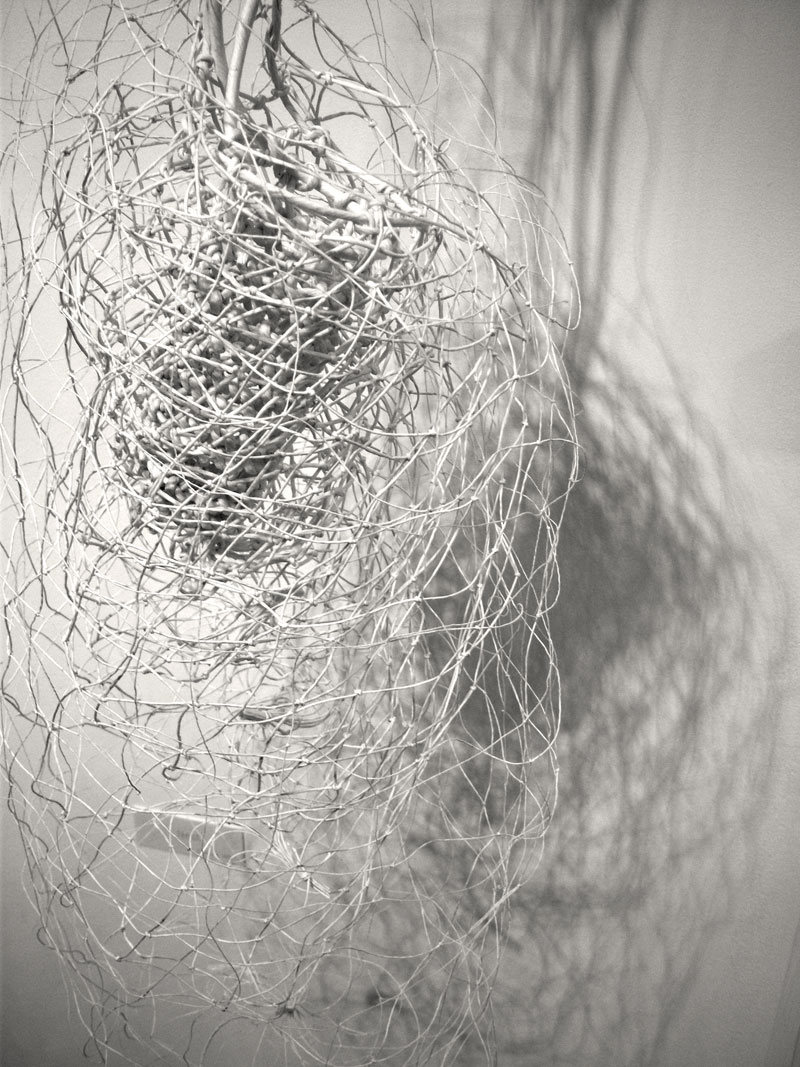
Light and Shadow
TextileArtist.org: What initially captured your imagination about textile art?
Debbie White: The breadth and depth of its expressive capabilities together with the tactile experience of working with yarn and fabric in the hand.
What or who were your early influences and how has your life/upbringing influenced your work ?
I was brought up in the British West Indies, a melting pot of cultures with different combinations of histories and traditions. My fascination with world textile techniques probably stems from that and continuing research in that field forms the basis of my work. Growing up in an environment such as the Tropics is probably at the root of my interest in the qualities of light and shadow as well. There are no seasonal variations at that latitude, sunlight is very intense especially at noon and night does literally ‘fall’. At times there were power cuts so hurricane lamps were used for lighting, as children we could easily be distracted by using our hands to play with the shadows.
What was your route to becoming an artist
I started with City and Guilds Creative Embroidery classes as a mature student and got hooked. They provided a sound foundation for furthering my studies at East Berkshire College on the Diploma of Stitched Textiles course with great tutors and a lovely bunch of kindred spirits.
Textile techniques
What is your chosen medium and what are your techniques ?
My work is sculptural; my techniques are knotting and blueprinting.
I experiment with a variety of yarns and knotting patterns to familiarise myself with individual responses, and then decide which combination will give me the end result I am after. I also use different patterns of knotted fabric as screens for blueprinting and sometimes combine these with ‘found’ objects.
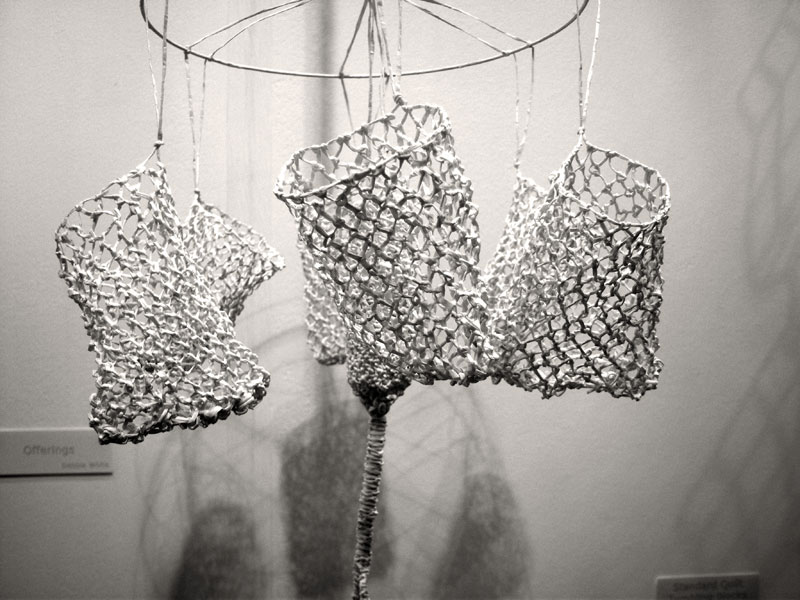
How would you describe your work and where do you think it fits within the sphere of contemporary art?
The underlying theme is to create textiles for an imaginary ‘tribe’ of people so in that sense my work is conceptual
A seasonal cycle of production
Tell us a bit about your process and what environment you like to work in?
I continue to research textile construction techniques from around the world, the tools and materials used, the meanings represented by patterns and symbolism.
My work follows a seasonal cycle of production. In the spring I construct the screens I need for blueprinting; in the summer I blueprint outdoors in the garden on sunny days when there is little wind (if we get them!) as I only use natural light, not a UV lamp. The autumn and winter months are when I concentrate on the construction of knotted structures and exploration of new forms. I observe and record the shadows of suspended pieces so that I can find the best way to display the finished work.
I usually have two or three different projects on the ‘go’ at varying stages of completion so that I can work on the piece that fits my mood or the time slot I have available. I enjoy the repetitive nature of the process and working with materials in the hand is the best way to find out which qualities I can exploit to create a particular piece of work as it evolves.
My studio is our converted garage and provides me with a dedicated space for the frames and materials I need as well as an environment which is separate from the rest of the house. I have several play lists of music to choose from and a particular set of tunes which I have found get me straight into the ‘groove’. I have corkboards pinned with bits of interlaced material, old nets, fragments of knots, intertwined roots etc which I have collected over the years; also photographs of the Northern Lights, fishing nets at sunset, murmurations of starlings and Cornish lobster pots are dotted around- an eclectic mix of inspiring images.
The complexity and simplicity of knots
What currently inspires you and which other artists do you admire and why?
Interlaced structures have been a focus for many years and there are so many variations I don’t think I could run out of ideas. I am fascinated by the complexity and simplicity of knots, their folklore and symbolism, and the many different ways structures are created with them around the world.
I particularly admire artists who convey a sense of time and place in their work.
Cornelia Parker’s use of suspension and shadows in ‘Exploding Shed’ evocatively captured that moment in time and Ann Hamilton’s ephemeral installations which focus on methods of making. I am awed by the scale and vision of Janet Echelman’s monumental moving net structures – hopefully one day I will see one in reality.
Tell us about a piece of unusual textile art you have fond memories of creating and why?
‘Pulse’ marks a turning point for me though it was a bit of a nightmare to construct – the grid of 7 by 13 rows means that there were 91 threads for knotting on each layer. This piece is a reminder of all the things I learned over the nine and three quarter years I spent in further education and is based on two ideas about knots. The first is that you can jog your memory by the act of tying of a knot in something then noticing the resulting tied knot. The second is that knots can record information- the Inca used a complex system of knotted strings (quipus or khipus) as an accounting method over a period of time. The roll of fabric and the loosely hanging threads show that I haven’t stopped learning and that one day I may attempt the next stage.
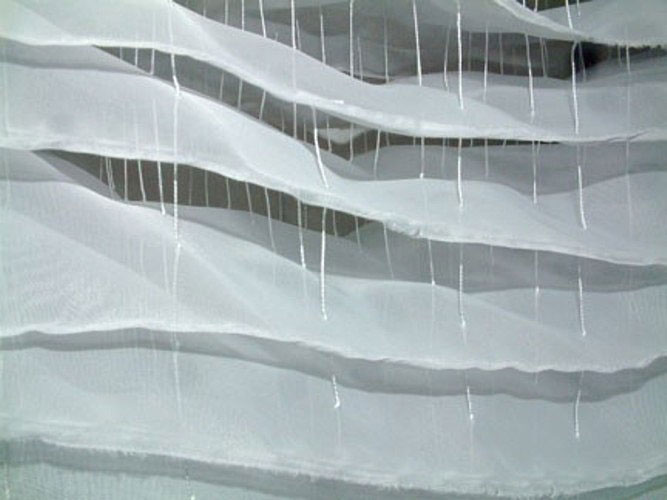
A circuitous textile journey
How has your work developed since you began and how do you see it evolving in the future?
The blueprinted cloths I began with in 2004 are a collection of ritual textiles to which I can keep adding depending on which area my research is focussed. In the last few years I have explored the role of string bags from cradle to grave and will be incorporating these with the appropriate blueprinted cloth. There are different ways of working through ideas and sometimes the journey takes me on a circuitous path; for instance I will re-visit stitching on paper but I don’t know how that will inform other ideas until I do it.
Do you give talks or run workshops or classes? If so where can readers find information about these?
I demonstrate and give talks when invited, usually through locally based art projects. I will be participating in the Chiltern Arts Live Festival at the Chiltern Open Air Museum on 1-2 June 2013 and demonstrating knotting techniques for construction.
My contact details are available on
www.materialspace.com
Let us know if you enjoyed our interview with Debbie by leaving a comment below.
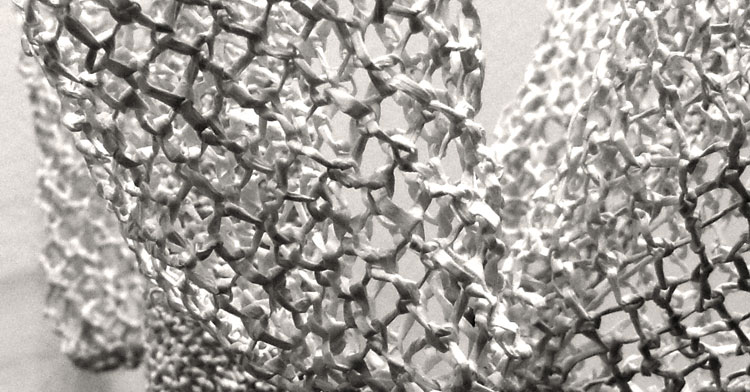

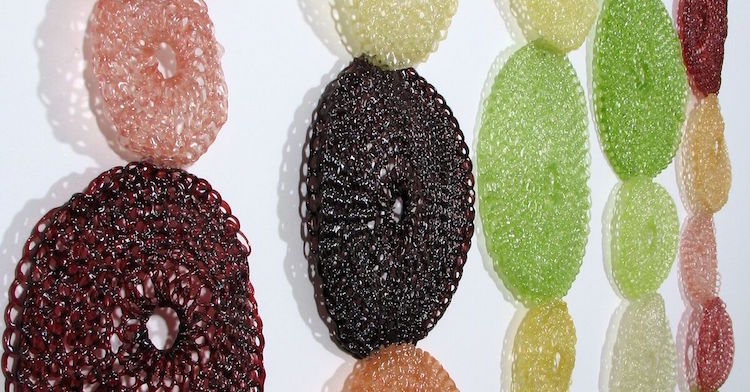
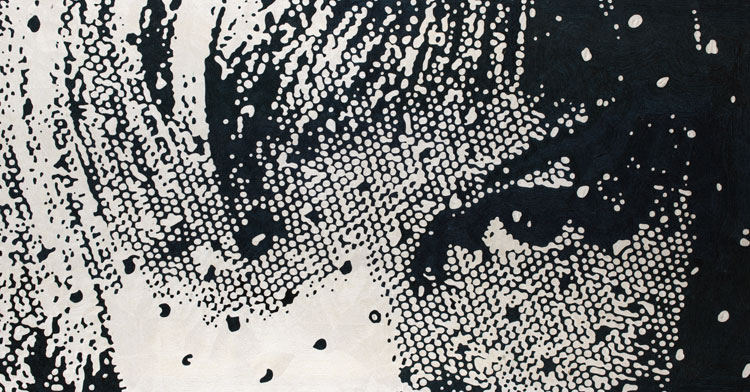
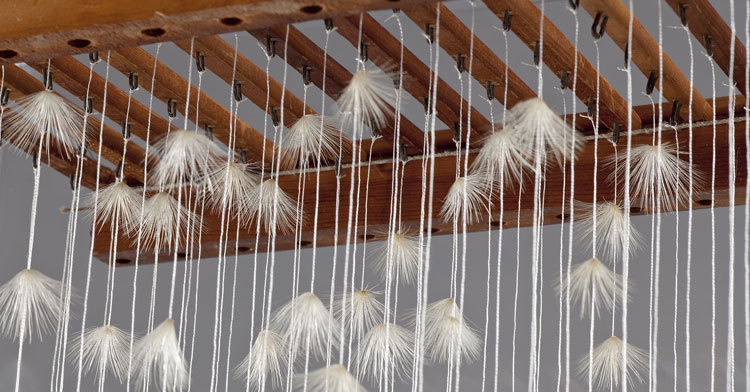
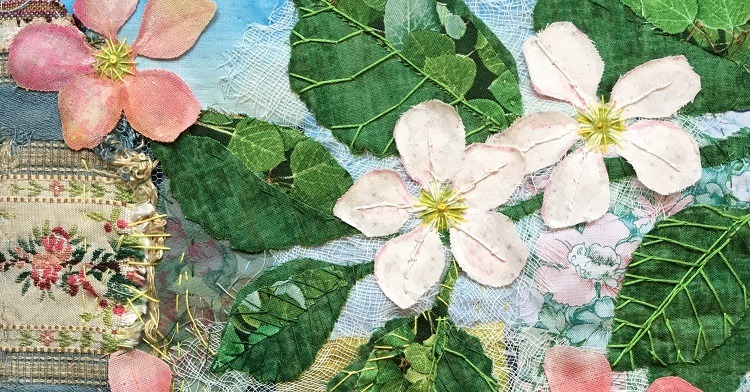
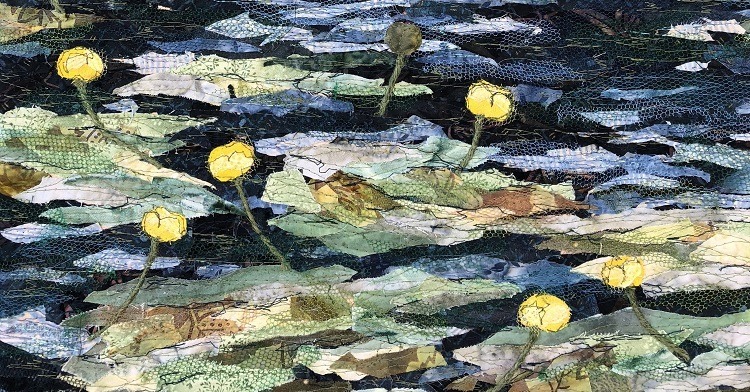
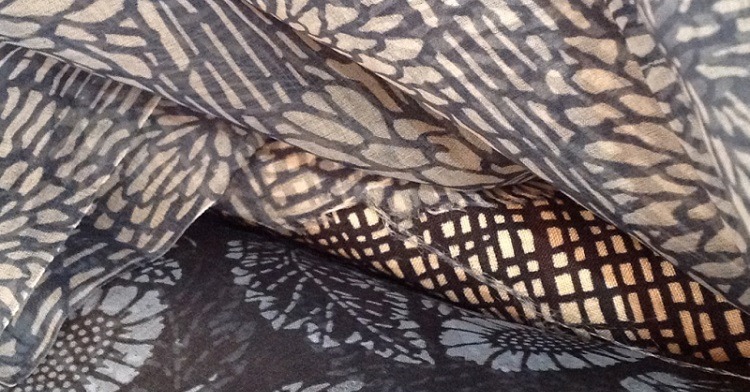
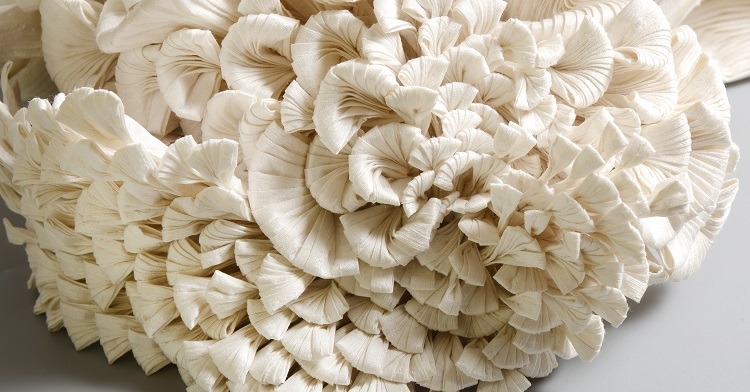
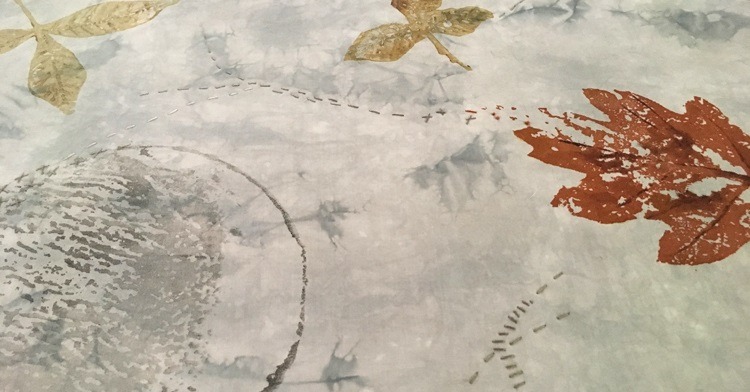
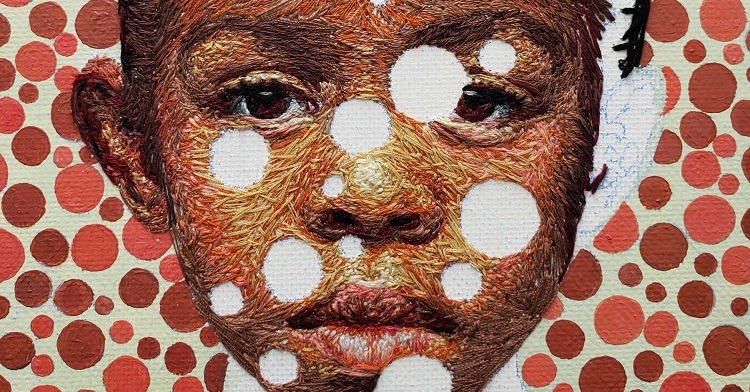
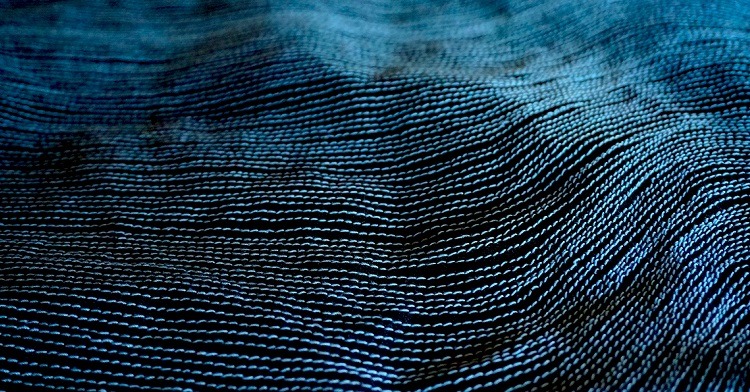
Comments